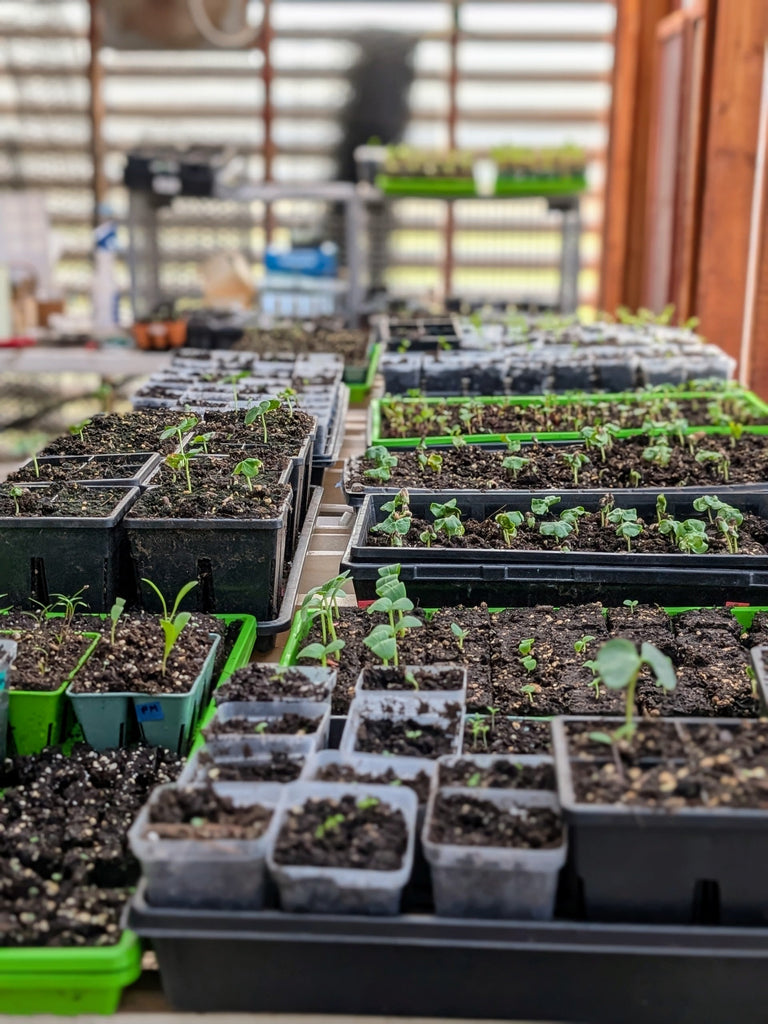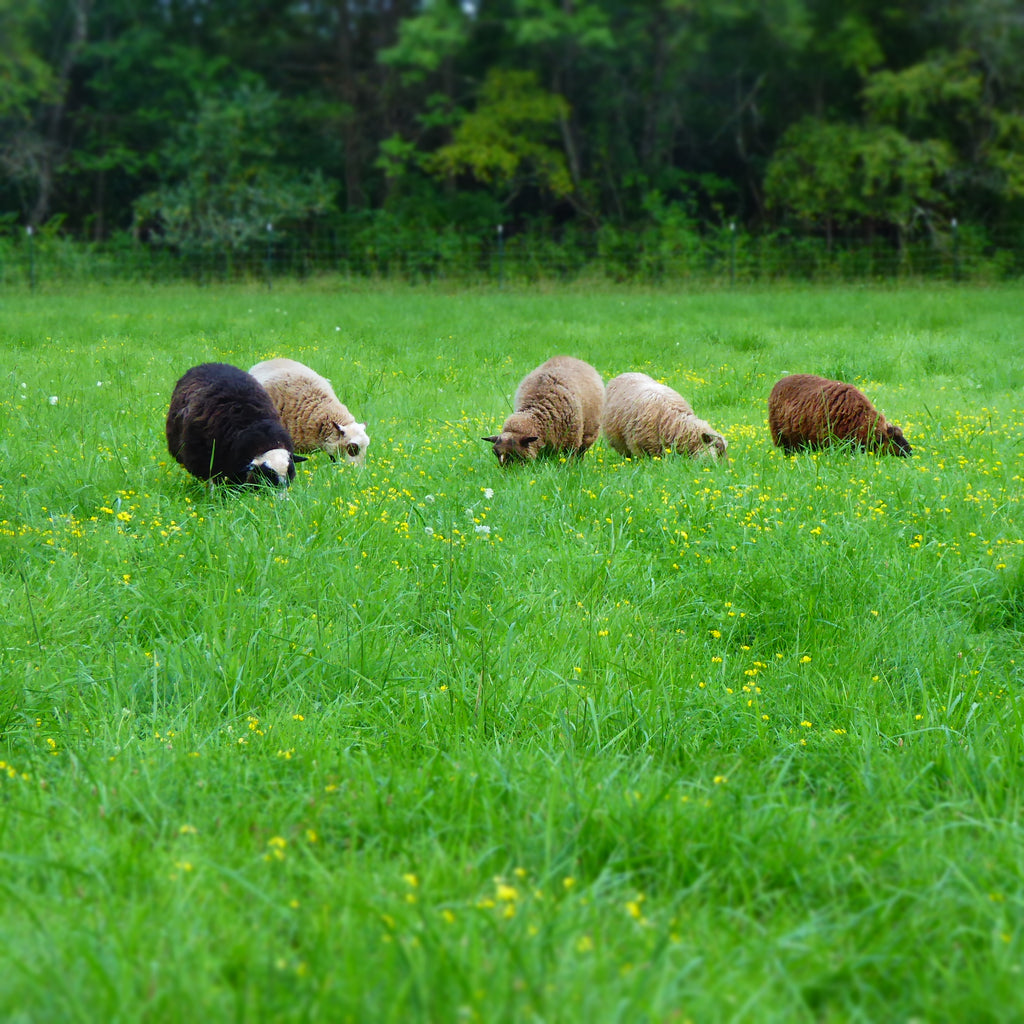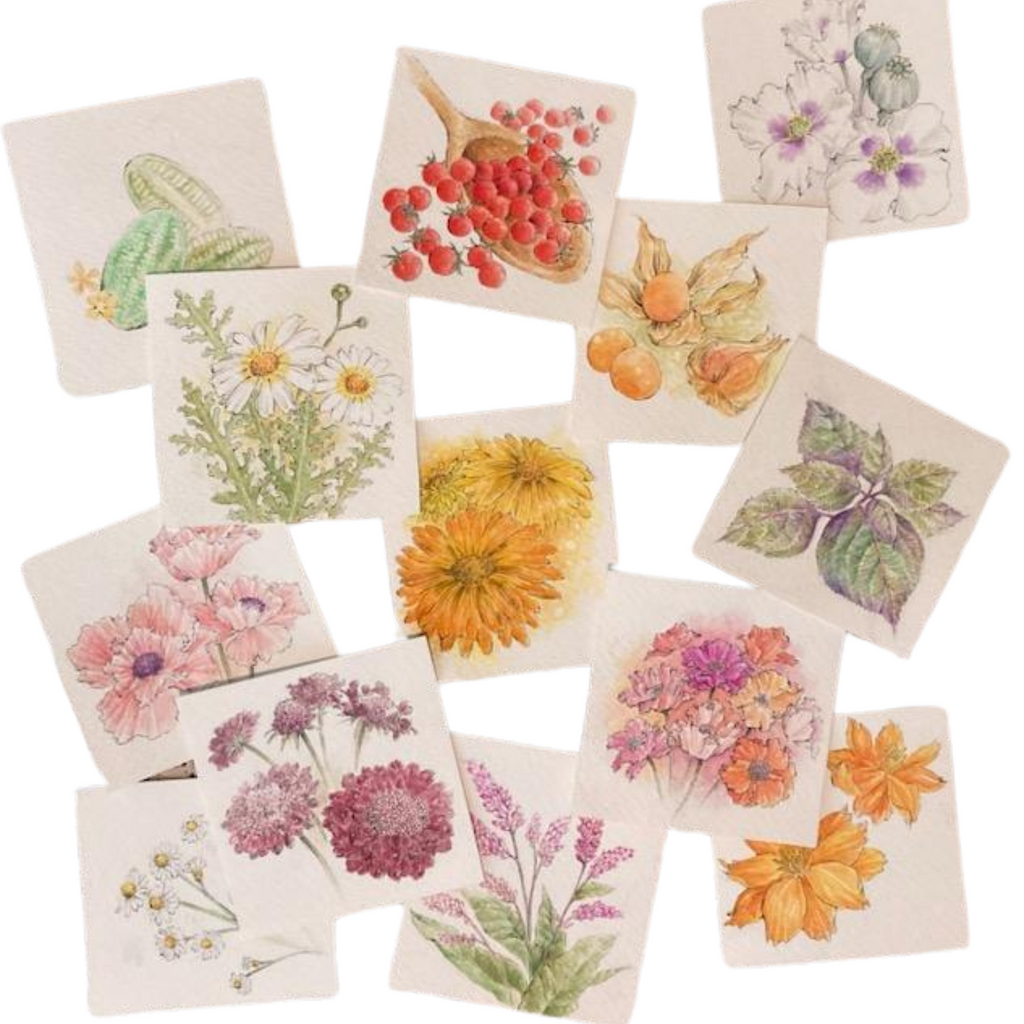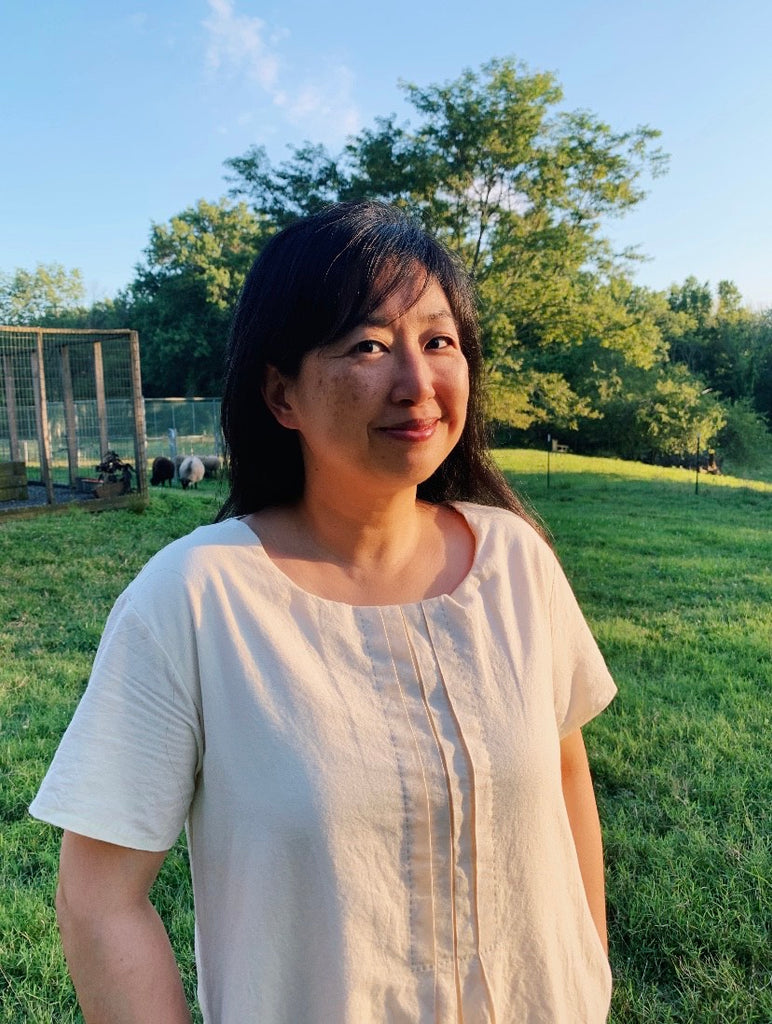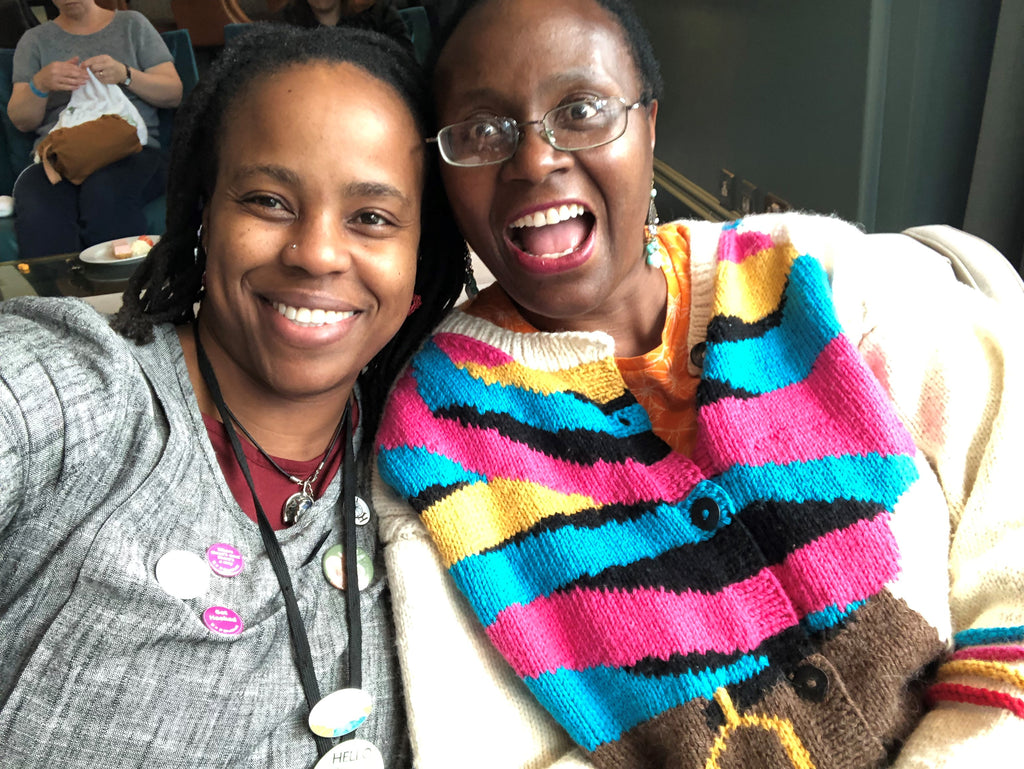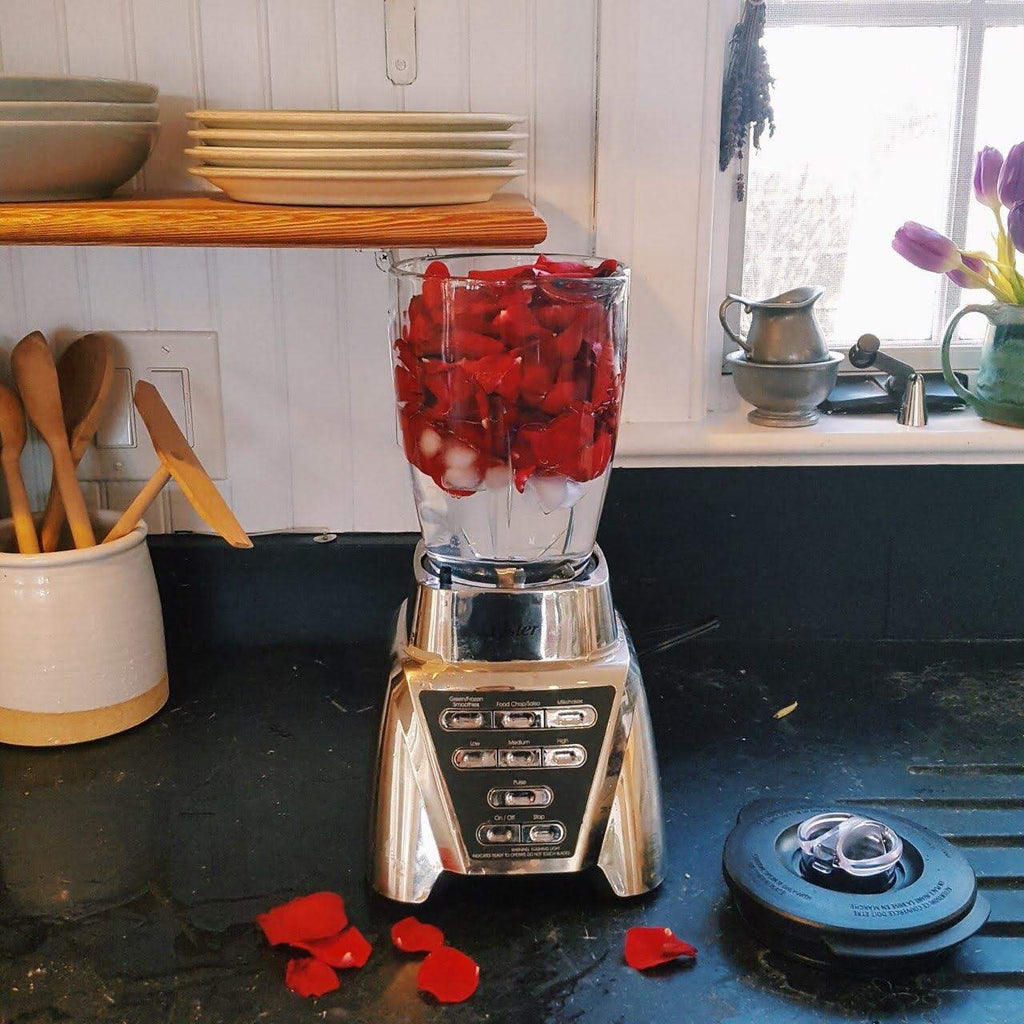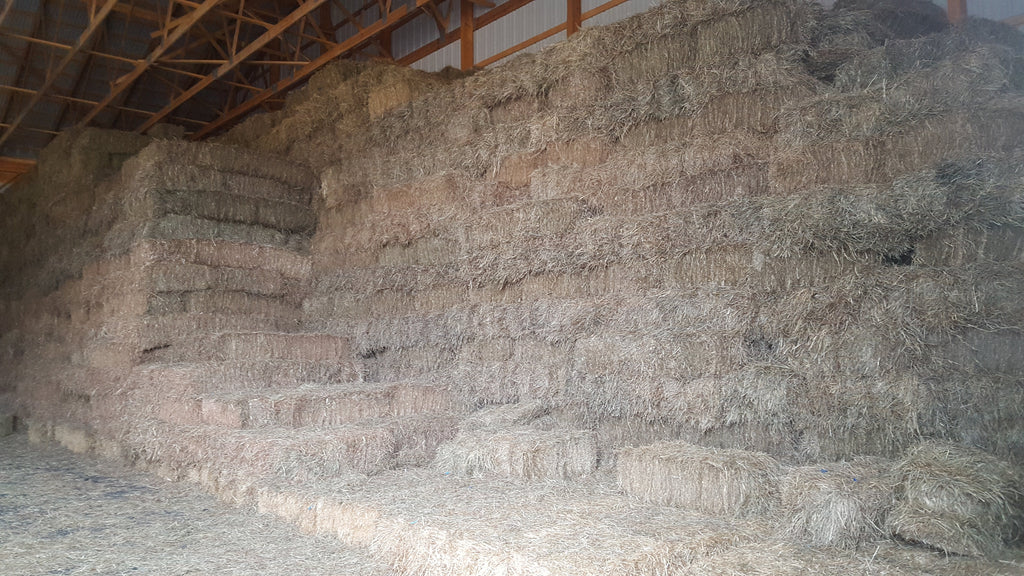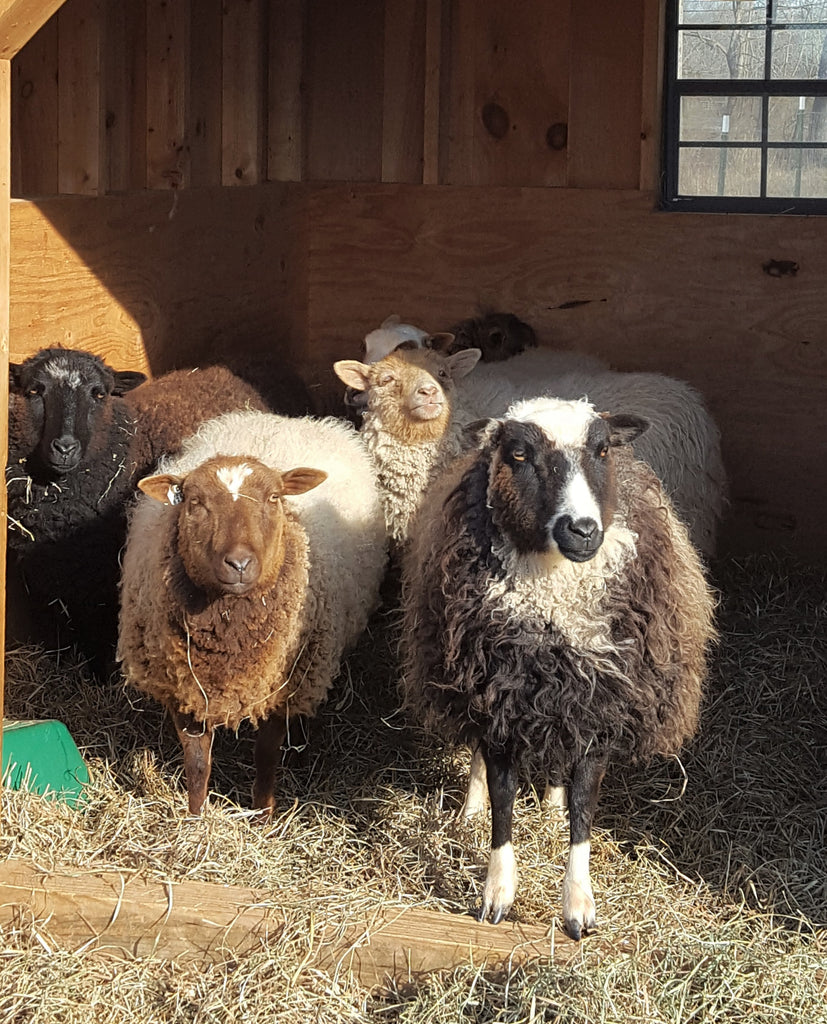It's seed-starting season, and I've basically moved into the greenhouse. The excitement is almost unbearable. I'm up to 32 trays of seedlings and by the time I've done a round of peeping into each tray, I want to start all over again because another seedling just sprouted while my back was turned.
I've been so focused on starting seeds that I've started to think like a seedling. Meaning, prioritizing my survival and optimizing the conditions for my growth. And when I say "my," I mean from the perspective of a seedling. Who knows. Maybe I should consider transferring those concepts to my actual human perspective.

The seedlings fall into 5 categories this year:
Dye & Fiber
- Calendula: Pot Marigold and Orange Barrel Flashback
- Cosmos, Tango
- Cota Tinctoria (Dyer's Chamomile)
- Cotton: Pima Extra Long, and Sea Island Brown
- Eucalyptus
- Indigo: persicaria tinctoria, indigofera arrecta, indigofera suffruticosa
- Madder
- Marigold, Giant Orange
- Scabiosa, Black Knight
Cotton, Pima Extra Long

A forest of indigo (persicaria tinctoria) seedlings

Viola and Dyer's Chamomile. Which is which? Who knows! I'm waiting for them to reveal themselves with their true leaves.


- Basil, Genovese
- Chamomile
- Cilantro, Lemon
- Dill, Thalia
- Jewels of Opar
- Lavender, French Long
- Love in a Mist
- Nasturtium
- Viola
Harvesting edible flowers and greens for a tiny salad last summer

Mini Veggies
- Burr Gherkin, West Indies
- Cucamelon
- Ground Cherry: Aunt Molly, Loewen Family Heirloom, Mary's Niagra
- Peppers: Aji Cachucha, Baby Red Bell, Bequinho Red & Yellow, Liebesapfel
- Tiny Tomatoes: Better Than Candy, Brad's Atomic, Red Ruby, Spoon
Tiny pickled peppers & cucamelons from last year

Korean Essential Veggies
- Cucumbers, Korean
- Gondre (Korean Thistle)
- Kkaenip (Perilla)
- Naengi (Shepherd's Purse)
- Peppers: Cucumber, Spicy, Wrinkled
- Ssukgat (Crown Daisy)
Flowers For Happiness
- Aster, Apricot
- Clitoria Ternatea
- Cosmos, Apricotta
- Craespedia
- Lavender, French Long
- Nicotiana, Jasmine Scented
- Poppy, Princess Victoria Louise
- Snapdragon, Apple
- Stock, Night Scented
- Zinnia

And 1 (one) non-mini pepper, a variety called Jimmy Nardello's. I've been told by a trusted garden mentor that it's the most delicious pepper she's ever grown, so I have some high expectations.




